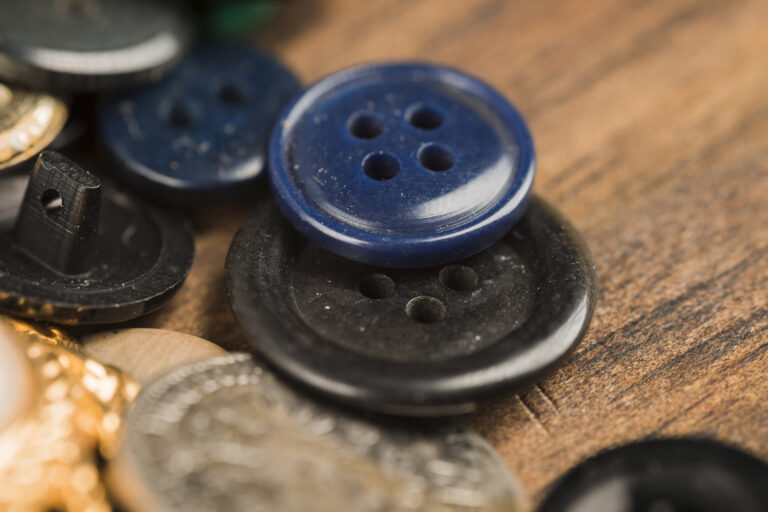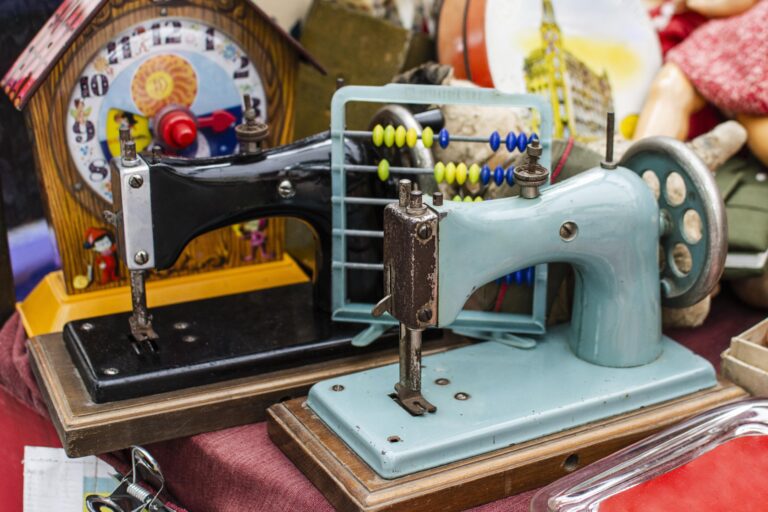Sewing 101: How to Successfully Sew 5 Types of Sleeves for the Perfect Fit
Sewing is the art of joining fabrics together using various techniques to create a finished garment or item. Sewing is a valuable skill that has been passed down through generations, and it continues to be a popular hobby and profession in today’s world.
One of the essential skills in sewing is the ability to sew sleeves into a garment. Sleeves are an essential part of a garment that can make or break the fit and style of a garment. This article will explore the basics of sewing sleeves, including how to successfully sew 5 types of sleeves for the perfect fit
Understanding the Basic Types of Sleeves
Before diving into the process of sewing sleeves, it is crucial to understand the different types of sleeves that exist. Here are the five basic types of sleeves:
Also read: 11 Common Sewing Machine Problems And Solutions
A. Set-in sleeves
Set-in sleeves are the most common type of sleeve in garments. They are sewn into the armhole of the bodice and can have various shapes and sizes.
B. Raglan sleeves
Raglan sleeves are a type of sleeve that extends from the neckline to the underarm. The sleeve’s seam extends diagonally from the neckline to the armhole, giving it a unique look.
C. Kimono sleeves
Kimono sleeves are a type of sleeve that has no separate armscye or shoulder seam. They are often used in loose-fitting garments like kimonos or caftans.
D. Cap sleeves
Cap sleeves are short sleeves that cover the shoulder but do not extend much below the armpit.
E. Bishop sleeves
Bishop sleeves are a type of sleeve that is full and gathered at the wrist. They often have a cuff at the wrist and are usually seen in dresses and blouses.
Tools and Materials Needed for Sewing Sleeves
To sew sleeves, you will need specific tools and materials. Here is a list of the essential items you will need:
A. Sewing machine
A sewing machine is necessary for sewing sleeves. A sewing machine will make the task of sewing sleeves faster and more efficient than doing it by hand.
B. Pins
Pins are necessary for holding fabric pieces together while sewing.
C. Scissors
Scissors are required for cutting the fabric.
D. Measuring tape
A measuring tape is necessary for measuring the body and the fabric to ensure a proper fit.
E. Fabric
Fabric is the material that the sleeves will be made from. The type of fabric you choose will depend on the garment you are making.
F. Thread
Thread is necessary for sewing the fabric pieces together.
How to Successfully Sew 5 Types of Sleeves for the Perfect Fit
Now that we understand the different types of sleeves and the necessary tools and materials, here is a step-by-step guide to sewing sleeves for the five basic types of sleeves.
A. Set-in sleeves
Cutting the fabric
Cut out the sleeve and bodice pieces from the fabric, following the pattern instructions. Mark the notches on both the sleeve and bodice pieces.
Preparing the sleeves and bodice
Match the sleeve cap and the bodice armhole right sides together. Pin in place, starting from the notches and working your way around. Ease the sleeve cap to fit the armhole, making sure to distribute the fullness evenly.
Pinning and sewing the sleeves
Pin the sleeve to the bodice, matching the notches and seam lines. Sew the sleeve to the bodice, using a straight stitch and a 5/8-inch seam allowance.
Finishing the seams
Finish the seams with either a serger or a zigzag stitch.
B. Raglan sleeves
Cutting the fabric
Cut out the sleeve and bodice pieces from the fabric, following the pattern instructions. Mark the notches on both the sleeve and bodice pieces.
Preparing the sleeves and bodice
Match the sleeve seam and the bodice shoulder seam right sides together. Pin in place, starting from the notches and working your way around.
Pinning and sewing the sleeves
Sew the sleeve to the bodice, using a straight stitch and a 5/8-inch seam allowance. Start sewing at the neckline, following the curve of the raglan seam until you reach the underarm.
Finishing the seams
Finish the seams with either a serger or a zigzag stitch.
C. Kimono sleeves
Cutting the fabric
Cut out the kimono sleeve and bodice pieces from the fabric, following the pattern instructions. There is no separate armscye or shoulder seam on the kimono sleeve.
Preparing the sleeves and bodice
Match the sleeve to the bodice armhole, right sides together. Pin in place, starting from the notches and working your way around.
Pinning and sewing the sleeves
Sew the sleeve to the bodice, using a straight stitch and a 5/8-inch seam allowance. Start sewing at the underarm, following the curve of the armhole until you reach the neckline.
Finishing the seams
Finish the seams with either a serger or a zigzag stitch.
D. Cap sleeves
Cutting the fabric
Cut out the cap sleeve and bodice pieces from the fabric, following the pattern instructions. Mark the notches on both the sleeve and bodice pieces.
Preparing the sleeves and bodice
Match the sleeve to the bodice armhole, right sides together. Pin in place, starting from the notches and working your way around.
Pinning and sewing the sleeves
Sew the sleeve to the bodice, using a straight stitch and a 5/8-inch seam allowance. Start sewing at the underarm, following the curve of the armhole until you reach the other side.
Finishing the seams
Finish the seams with either a serger or a zigzag stitch.
E. Bishop sleeves
Cutting the fabric
Cut out the bishop sleeve and bodice pieces from the fabric, following the pattern instructions. Mark the notches on both the sleeve and bodice pieces.
Preparing the sleeves and bodice
Match the sleeve to the bodice armhole, right sides together. Pin in place, starting from the notches and working your way around.
Pinning and sewing the sleeves
Sew the sleeve to the bodice, using a straight stitch and a 5/8-inch seam allowance. Start sewing at the underarm, following the curve of the armhole until you reach the wrist. Gather the sleeve to fit the cuff and sew the cuff in place.
Finishing the seams
Finish the seams with either a serger or a zigzag stitch.
Tips and Tricks for Sewing Sleeves
Sewing sleeves can be a challenging task, but here are some tips and tricks that can make it easier:
A. Marking the notches
It is essential to mark the notches on both the sleeve and bodice pieces. This will help you match the pieces together accurately.
B. Using interfacing
Interfacing can be used to reinforce the sleeve cap and prevent it from stretching out of shape.
C. Easing the sleeve to fit
Easing the sleeve to fit the armhole can be tricky. Use pins to evenly distribute the fullness and sew slowly and carefully.
D. Pressing the seams
Press the seams after sewing to give the sleeve a crisp and professional look.
E. Checking the fit
Before sewing the sleeve, it’s important to check the fit of the bodice. This can be done by trying on the bodice and making any necessary adjustments before attaching the sleeve.
Conclusion
Sewing sleeves is an essential skill for any sewing enthusiast. Sleeves come in various styles and can be challenging to sew, but with the right tools, materials, and techniques, anyone can learn to sew sleeves.
Whether you’re sewing a set-in sleeve, raglan sleeve, kimono sleeve, cap sleeve, or bishop sleeve, following the pattern instructions and taking the time to mark notches, use interfacing, ease the sleeve to fit, press the seams, and check the fit will result in a perfectly sewn sleeve.
Sewing sleeves not only adds to the aesthetic appeal of a garment but also ensures a comfortable and perfect fit. It is a skill that can be learned and perfected with practice. So, if you’re new to sewing, don’t be intimidated by sleeves. With a little patience and practice, you’ll be sewing sleeves like a pro in no time.
We encourage you to try sewing sleeves at home. Not only will it enhance your sewing skills, but it will also give you a sense of pride and satisfaction in creating a garment from scratch. So, grab your tools and materials and start sewing!


